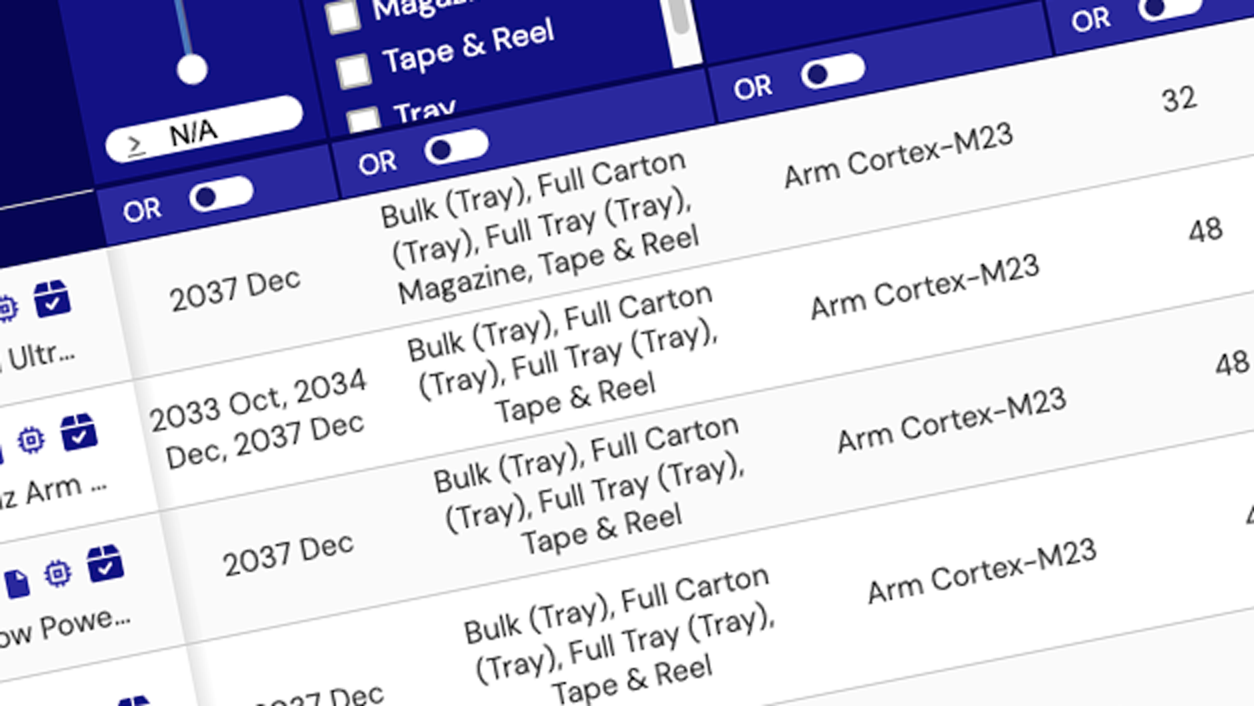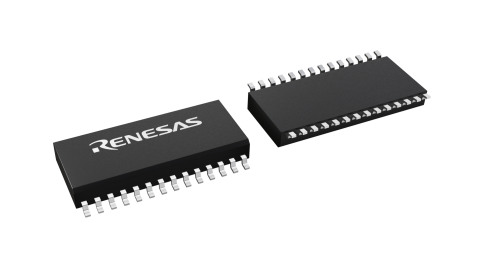瑞萨的 RS-232 收发器可用于许多配置中,且其数据速率高达 1Mbps,具有 IEC 61000 ESD 保护、低功率关断模式和小型 QFN 封装等特点。
推荐产品

视频和培训
This webinar focuses on the ISL33334E, ISL33337E, ISL33354E and ISL33357E dual protocol transceivers for RS-232 and RS-485 interface applications. Included is a short overview of RS-232 and RS-485 interface features, education on what a dual protocol transceiver is, dual protocol transceiver features and applications and a list of Intersil's dual protocol transceiver families.
Resources
- Dual protocol transceivers for RS-232 and RS-485 interface applications
- ISL33334E
- ISL33337E
- ISL33354E
- ISL33357E

